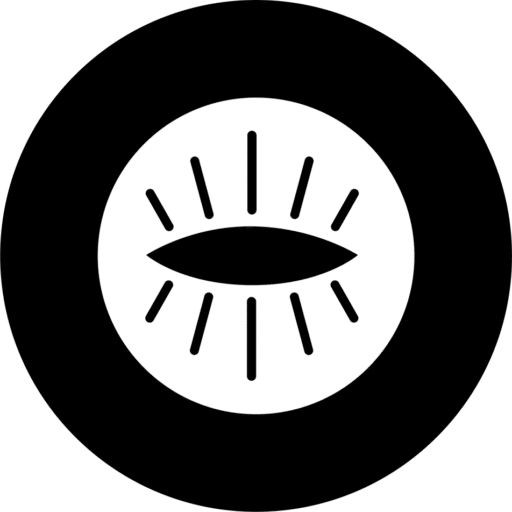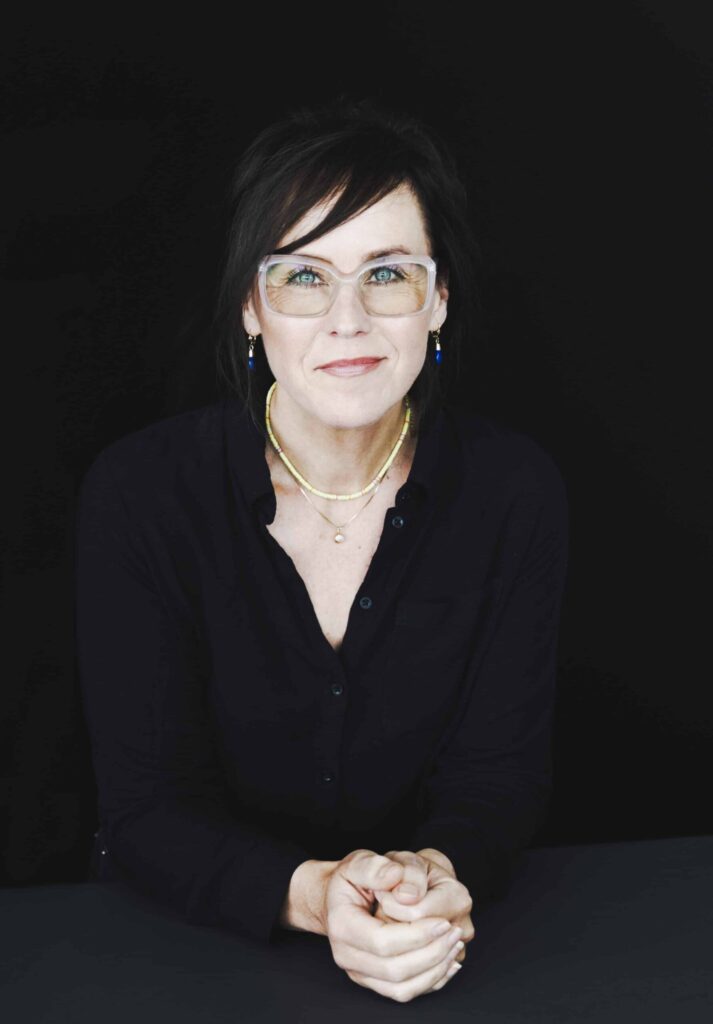Originally published on the World Economic Forum.
Back in the early 1970s, artist John Baldessari did The Pencil Story. As he explained, his pencil was producing blurry and indistinct lines, but he revived it by sharpening it. He paid closer attention to what he had been paying attention to for a long time – and this time, he acted on it. This time, he felt compelled to sharpen it.
In the uncertain times we live in, we must sharpen our pencils in the spirit of John Baldessari. As we seek to mend and re-invent our broken systems, we can also take inspiration from Lucille Clerk’s work, Yesterday – Today – Tomorrow, which Clerk tweeted in 2015 with the caption, “break one, thousand will rise”.
Art to heal and make sense of the world
Throughout history, people have used art to heal and make sense of the world. For Leo Tolstoy, the purpose of art was to create a bridge of empathy between us and others, and for Anaïs Nin, “a way to exorcise our emotional excess”. In 2017, an all-party parliamentary group (APPG) in the UK published a report which concluded that “the arts generate wellbeing, it can aid recovery and support longer and better lived lives”. Lord Howarth of Newport, co-chair of the APPG, said, “The time has come to recognise the powerful contribution the arts can make to our health and wellbeing.”
Two rhythms…
The human spirit has its own circulation system to renew, recreate and evolve. Imagine we function in the interplay of two different rhythms.
One rhythm is characterized by a state of flow, mindfulness and reflection. It is the one that takes deep breaths. It relies on presence and our ability to pay attention to what we pay attention to. It likes letting go of control and trusts the process, if the feeling is right. It encourages us to be open to the world and to allow it to affect us. In this rhythm, you are an artist at heart.
The other rhythm belongs to the world of rational and analytical thinking. It helps us bring ideas to reality, organize, analyse and execute. In short, it helps us get stuff done.
The more these rhythms are balanced, the sharper our pencil.
…balanced with intuition
Art springs from intuition. Intuition belongs to both rhythms. It is borderless and deeply human. It has many faces and serves us in different ways depending on the context. In our personal lives, art indicates and guides us towards personal growth and balance – if we care to listen. And similarly, for the more experienced, it often serves as a reliable, and important, guide when making difficult decisions.
InnSæi – the Sea Within
The 2016 documentary film InnSæi – the Sea Within (or the Power of Intuition) – which I wrote and co-directed – explores how our disconnection to the world within affects our lives and, ultimately, the world we live in.
“InnSæi” is the Icelandic word for “intuition”. It means “the sea within”, “to see within” and “to see from the inside out”. It embraces the borderless nature and knowledge of our inner world, which cannot be put into silos. It reminds us to see within, in order to know ourselves, so that we are able to express ourselves authentically and put ourselves into other people’s shoes. To see from the inside out is to have a strong inner compass, which enables us to set boundaries and navigate the ocean of life.
Judging from the reactions we are still receiving from people all over the world, the film was timely and touched a nerve.
Art and The Great Reset
Art has the ability to regenerate and heal our spirit and souls. Being an artist at heart means we are able to live by its principles in whatever roles or jobs we find ourselves in. Art speaks to us through our different senses. It has the ability to create in our hearts and minds a cosmos out of chaos – and a sense of awe as we create art, are touched by it and moved by it.
Perhaps the message about the importance of connecting with one’s inner self, showing empathy and honoring the world of the arts is a bit like Baldessari’s pencil. We are born with these superpowers, and we’ve always known it. Now, we only need to sharpen our pencil to refresh the narrative and integrate it, as if it was one of two rhythms we dance to, in our fast-developing and fragmented world.
Hrund Gunnsteinsdottir is a World Economic Forum Young Global Leader.




